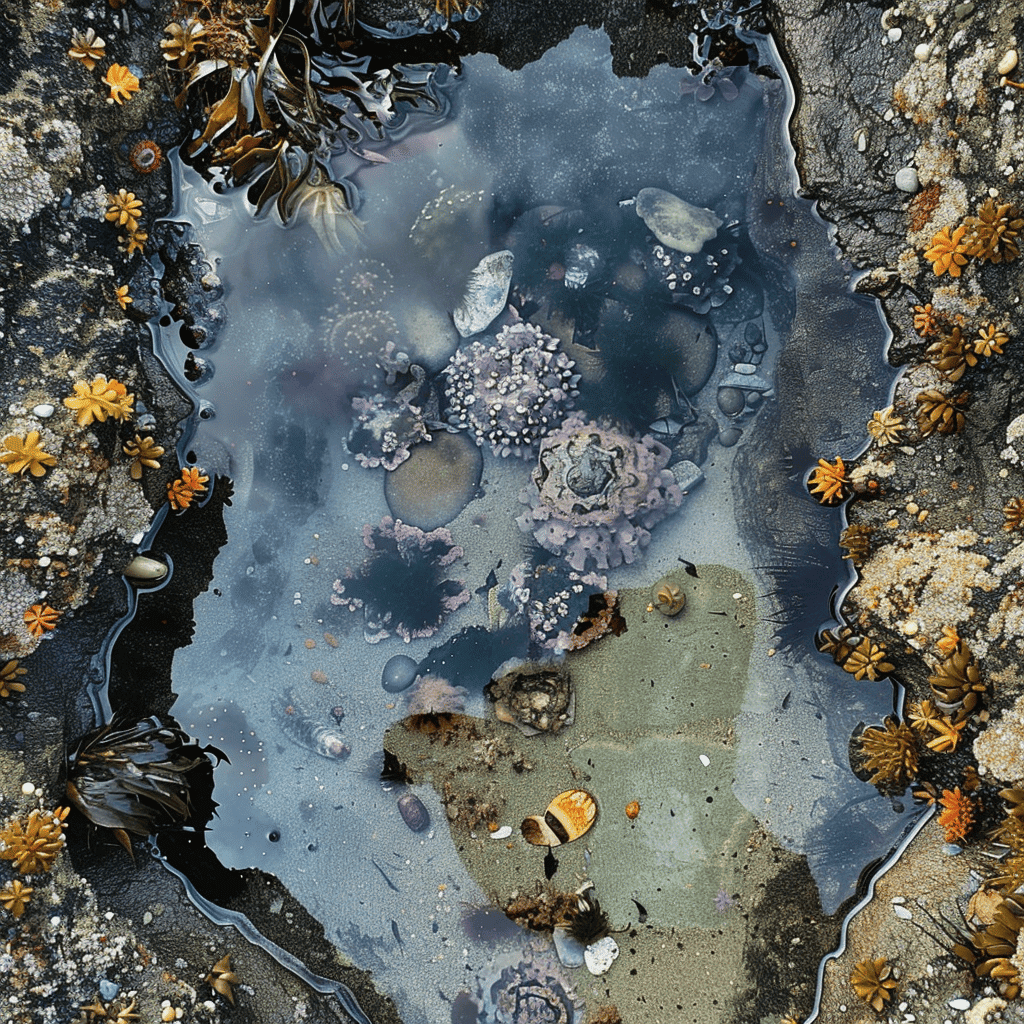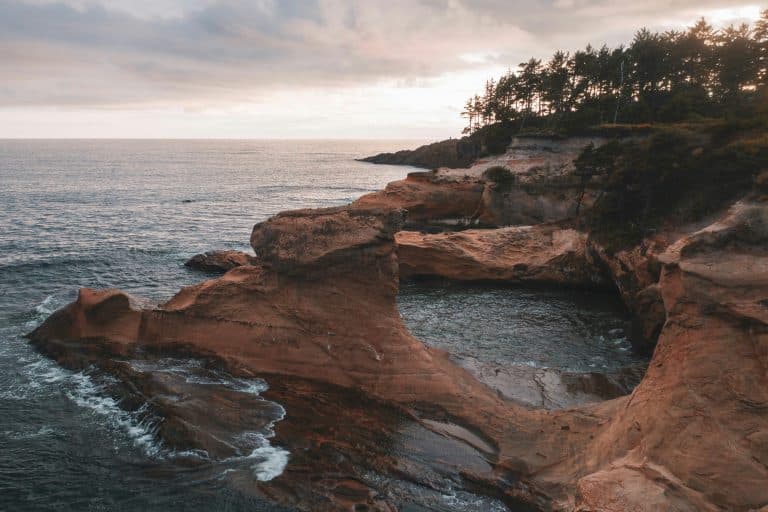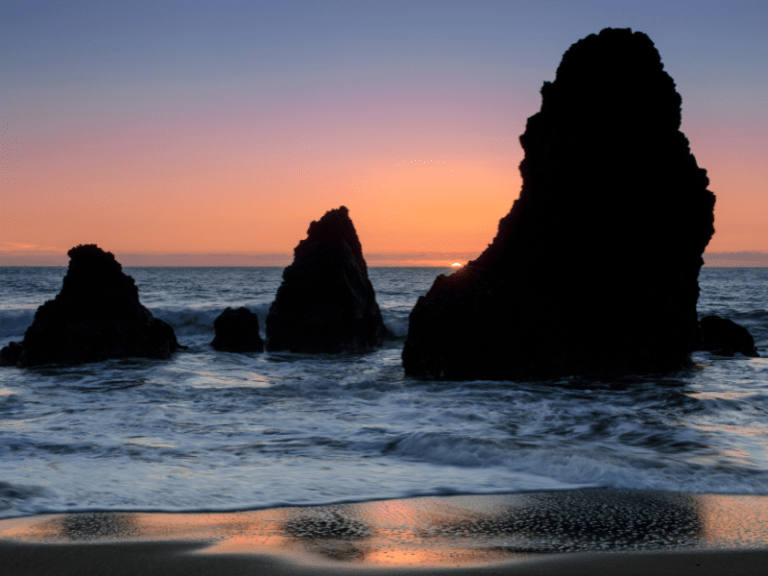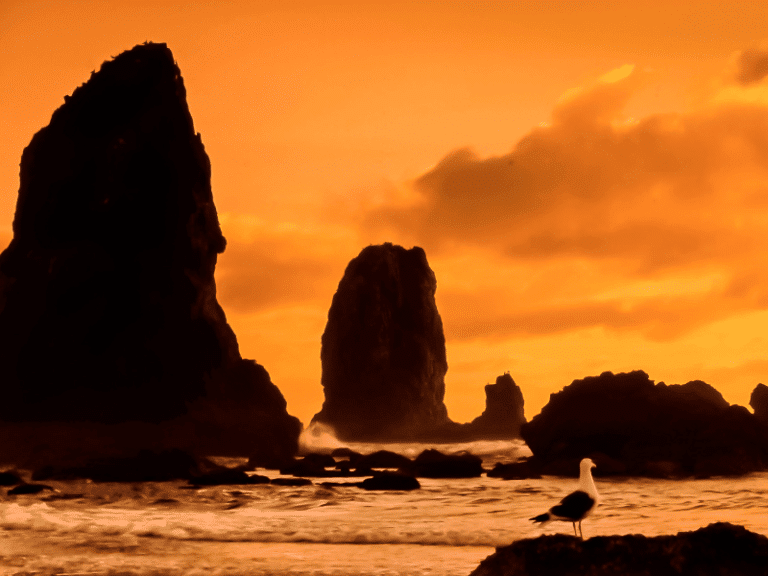Unforgettable Tide Pooling Adventures on the Oregon Coast
This post may contain affiliate links. I may earn a small commission at no extra cost to you.
Tide pooling on the Oregon Coast is like opening a treasure chest filled with vibrant marine life. The coast's rocky intertidal zones are brimming with starfish, anemones, crabs, and other fascinating creatures.
If you're ready to get your feet wet and explore, you've come to the right place. Here, we'll dive into the best spots, essential tips, and even some must-have gear to ensure you have an unforgettable tide pooling adventure.
What is Tide Pooling?
The Basics of Tide Pooling
Tide pooling is the art of exploring small pools of seawater that are left behind when the tide goes out. These natural aquariums are teeming with fascinating marine life, from colorful sea stars to elusive octopuses. It's like snorkeling, but without the need for a wetsuit or oxygen tank!
The Science Behind Tide Pools
Tide pools are unique ecosystems that exist in the intertidal zone—the area between the high and low tide lines. This zone experiences drastic changes in water levels, temperature, and salinity, creating a challenging environment for its inhabitants. Yet, despite these harsh conditions, tide pools are home to some of the most resilient and diverse species on the planet.
Why Tide Pooling is Awesome
Tide pooling is an adventure for all ages. It's a hands-on way to learn about marine biology, ecology, and the incredible adaptability of ocean creatures. Plus, it's a great excuse to get outside, breathe in the salty sea air, and maybe even get a little wet. What's not to love?
Top Tide Pooling Spots on the Oregon Coast
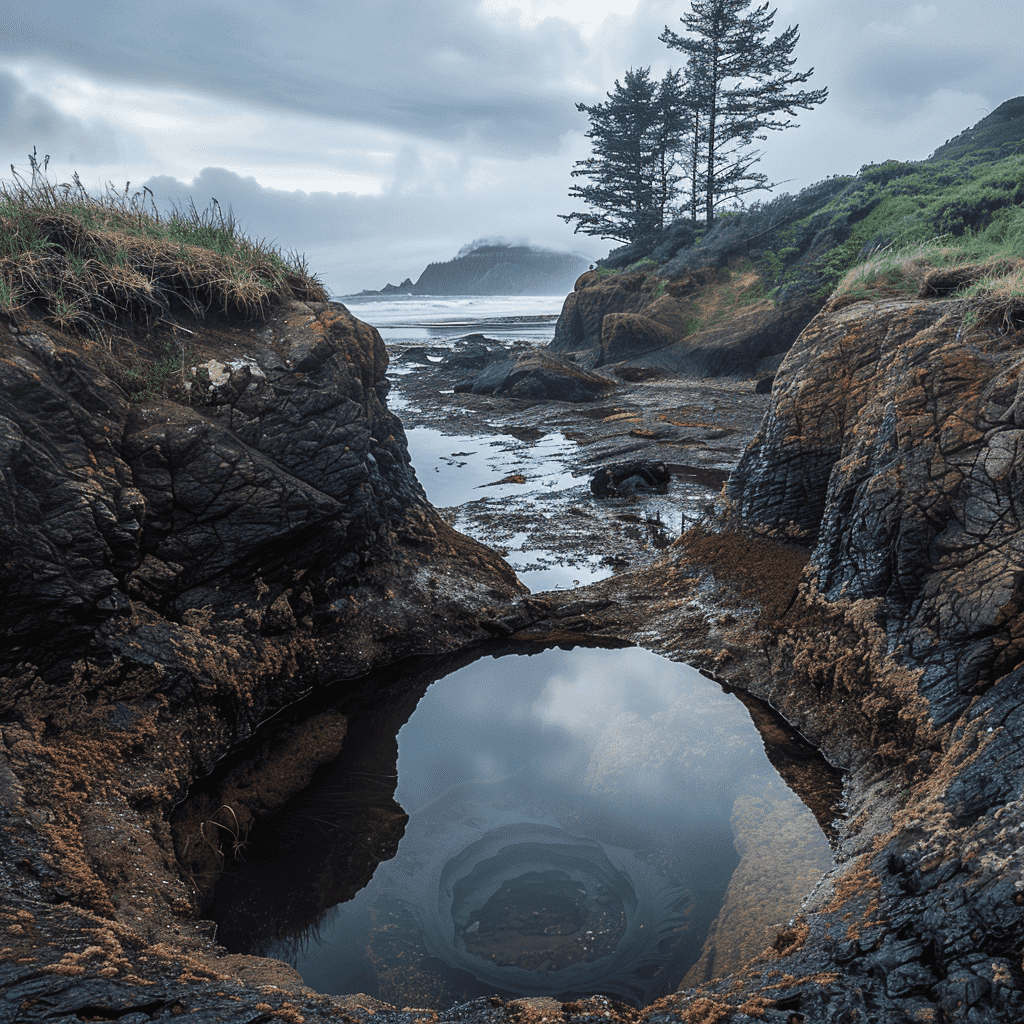
Yaquina Head Outstanding Natural Area
Located in Newport, the Yaquina Head Outstanding Natural Area is a prime spot for tide pooling. The rocky shoreline is dotted with pools brimming with sea stars, anemones, and hermit crabs. Don't forget to visit the iconic Yaquina Head Lighthouse while you're there!
Ecola State Park
Ecola State Park, near Cannon Beach, offers stunning views and excellent tide pooling opportunities. The park's rocky shores are perfect for exploring, and you might even spot a puffin or two. Remember to keep an eye on the tide schedule to make the most of your visit.
Sunset Bay State Park
Sunset Bay State Park, located near Coos Bay, is another fantastic location for tide pooling. The sheltered bay provides calm waters and an abundance of marine life. After exploring the tide pools, relax on the sandy beach or enjoy a picnic in the park.
Essential Gear for Tide Pooling
Footwear
Sturdy, waterproof shoes are a must for tide pooling. Rocks can be slippery and sharp, and you don't want to end up with soggy socks. Consider investing in a pair of water shoes or old sneakers that you don't mind getting wet.
Clothing
Layers are your best friend on the Oregon Coast. The beach is normally much colder than the cities. Plus the weather can change quickly, and it's always a good idea to be prepared. Bring a waterproof jacket, a hat, and some extra dry clothes just in case.
Tools
While you don't need much to enjoy tide pooling, a few tools can enhance your experience. A small bucket or container can help you temporarily observe creatures without harming them. A magnifying glass is great for getting a closer look at tiny organisms. And, of course, a waterproof camera to capture your discoveries.
What to Look for in Tide Pools
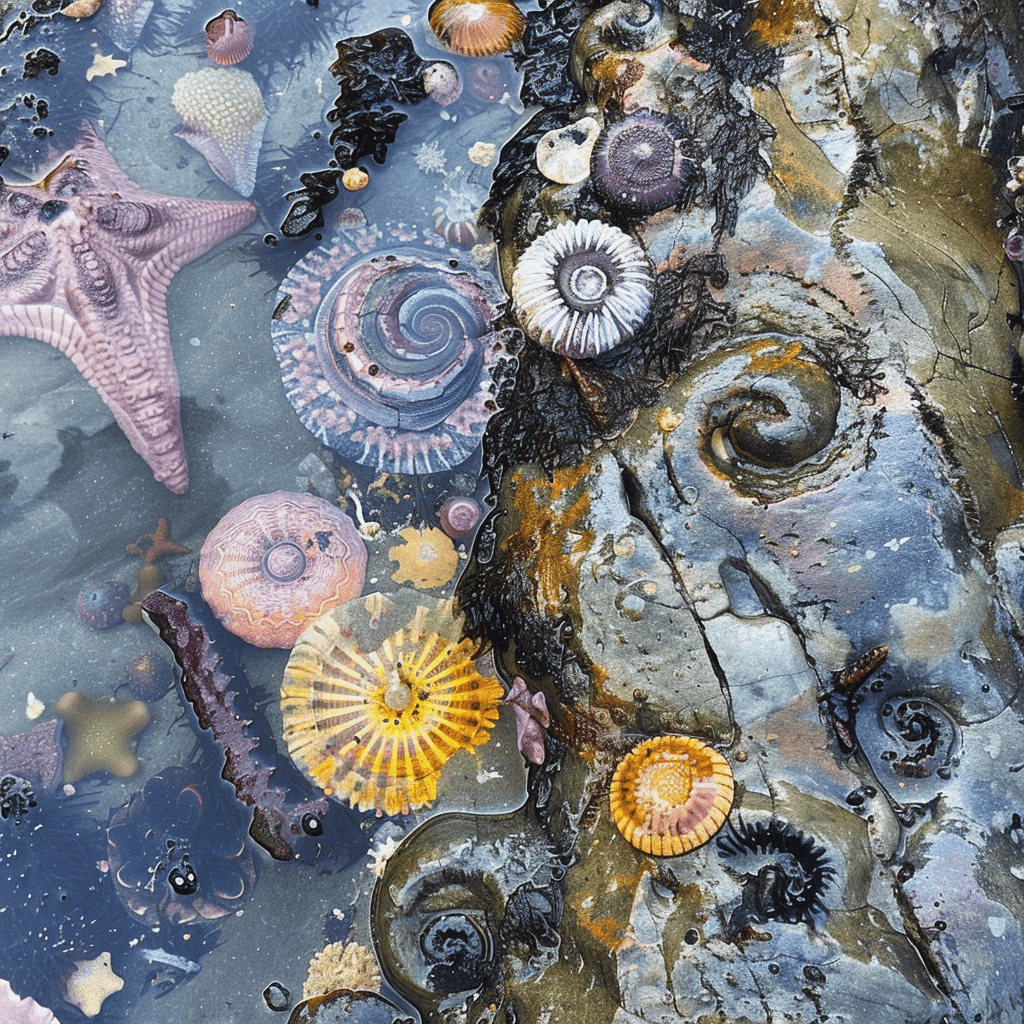
Sea Stars
Sea stars, also known as starfish, are one of the most iconic tide pool inhabitants. These colorful echinoderms come in various shapes and sizes. Look for them clinging to rocks or slowly moving across the pool's floor.
Anemones
Sea anemones are fascinating creatures that resemble underwater flowers. Their tentacles are covered in tiny, stinging cells that they use to capture prey. Gently touch their tentacles, and you'll feel them stick to your finger (don't worry, it doesn't hurt!).
Crabs
Crabs are the comedians of the tide pool world. Watch them scuttle sideways across the rocks, or peek into crevices to find them hiding. If you're lucky, you might spot a hermit crab making its way from one shell to another.
Tide Pooling Etiquette
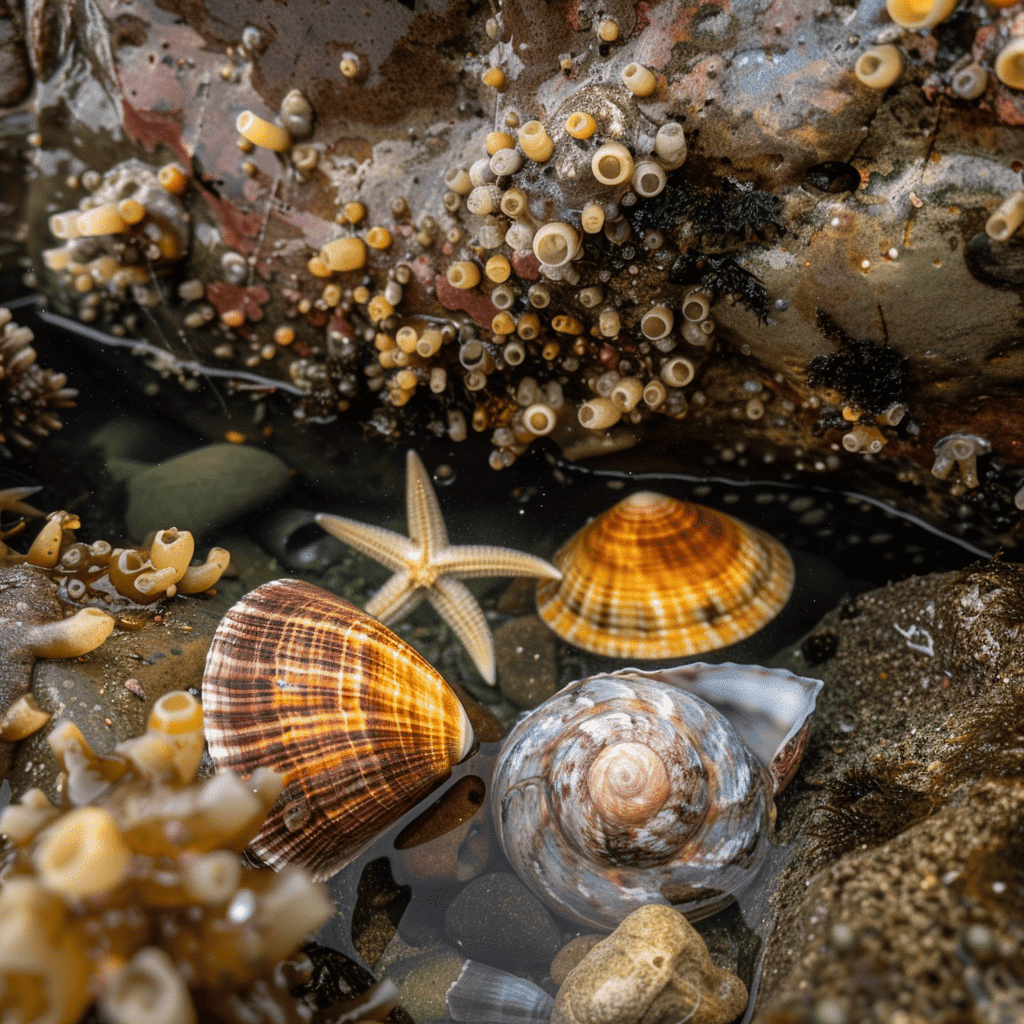
Respect the Wildlife
Tide pools are delicate ecosystems, and it's important to treat them with care. Avoid picking up creatures unless necessary, and always return them to their original location. Never remove animals, plants, or rocks from the tide pool.
Tread Lightly
Be mindful of where you step. Many tide pool inhabitants are small and easily overlooked. Walk carefully to avoid crushing any creatures underfoot. Stick to the larger rocks and avoid disturbing the sand and smaller pools.
Leave No Trace
Pack out everything you bring with you, including trash. Tide pools are beautiful, natural places, and it's our responsibility to keep them that way. Leave nothing but footprints, and take nothing but memories.
The Best Time for Tide Pooling
Understanding Tides
Tide pooling is best done during low tide when the water recedes and exposes the pools. Check a local tide chart to find the best time to explore. Low tides typically occur twice a day, so plan your visit accordingly.
Seasonal Considerations
While tide pooling can be enjoyed year-round, some seasons offer better conditions. Spring and summer are ideal, as the weather is warmer and the tides are lower. Winter tides can be unpredictable, and the water is much colder.
Timing Your Visit
Aim to arrive at least an hour before low tide. This gives you plenty of time to explore and ensures you won't be caught off guard by the incoming tide. Keep an eye on the water level and be prepared to move back to shore as the tide comes in.
Fun Activities While Tide Pooling
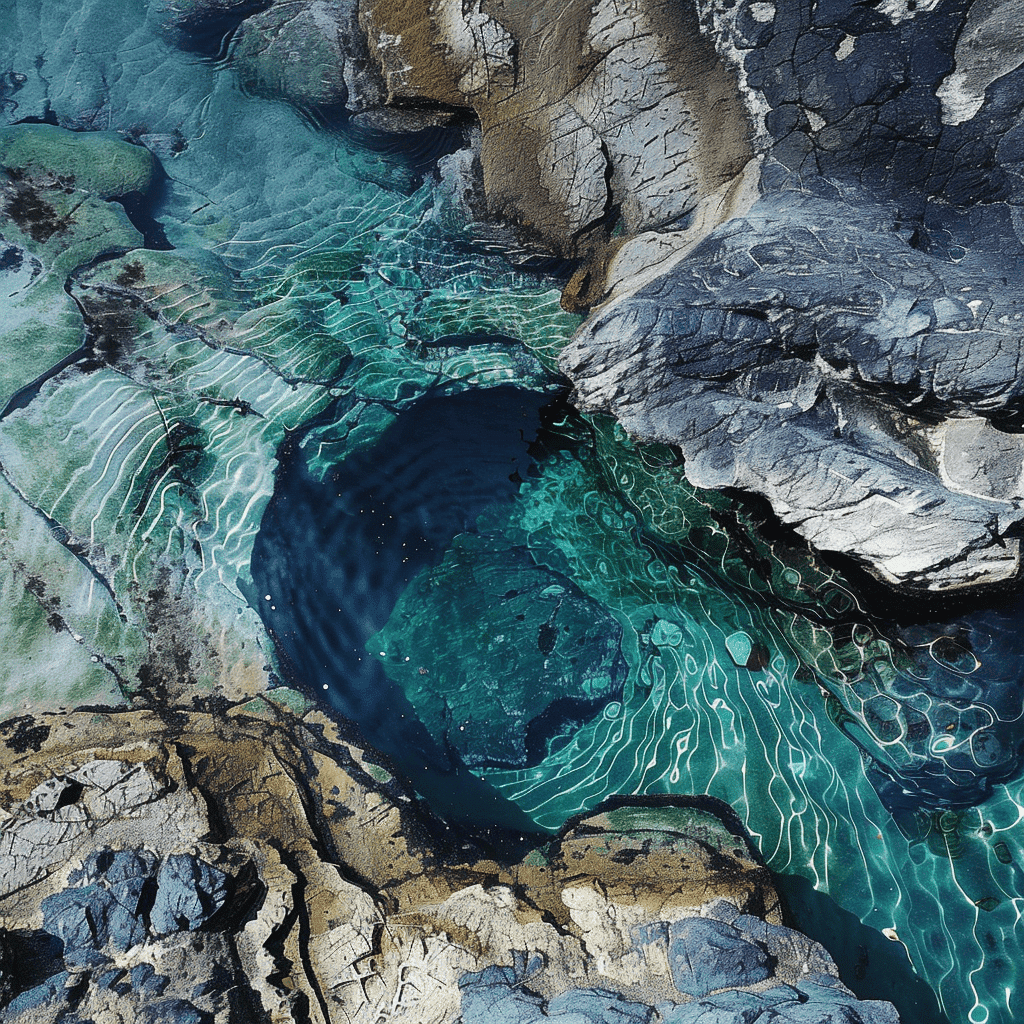
Scavenger Hunt
Turn your tide pooling adventure into a scavenger hunt! Create a list of common tide pool creatures and challenge your friends or family to find them all. It's a fun way to learn about marine life and adds an element of competition to your outing.
Sketching and Journaling
Bring along a sketchbook or journal to document your discoveries. Drawing the creatures you find can help you observe them more closely and appreciate their unique features. Plus, it's a relaxing way to spend time by the ocean.
Photography
Capture the beauty of tide pools with your camera. Experiment with different angles and lighting to highlight the vibrant colors and textures. Remember to share your photos on social media—your friends will be amazed by the underwater world you've discovered.
The Benefits of Tide Pooling
Educational
Tide pooling is a fantastic educational activity for kids and adults alike. It offers hands-on learning about marine biology, ecology, and environmental stewardship. Plus, it's a great way to spark curiosity and encourage a love for nature.
Physical Activity
Exploring tide pools is a fun way to get some exercise. Climbing over rocks, squatting to examine creatures, and walking along the shore all contribute to a healthy, active lifestyle. And the best part? It doesn't feel like exercise at all!
Mental Health
Spending time in nature has been proven to reduce stress and improve mental well-being. The calming sound of the waves, the fresh sea air, and the sense of wonder you feel while tide pooling can all contribute to a happier, healthier mind.
Tide Pooling Safety Tips
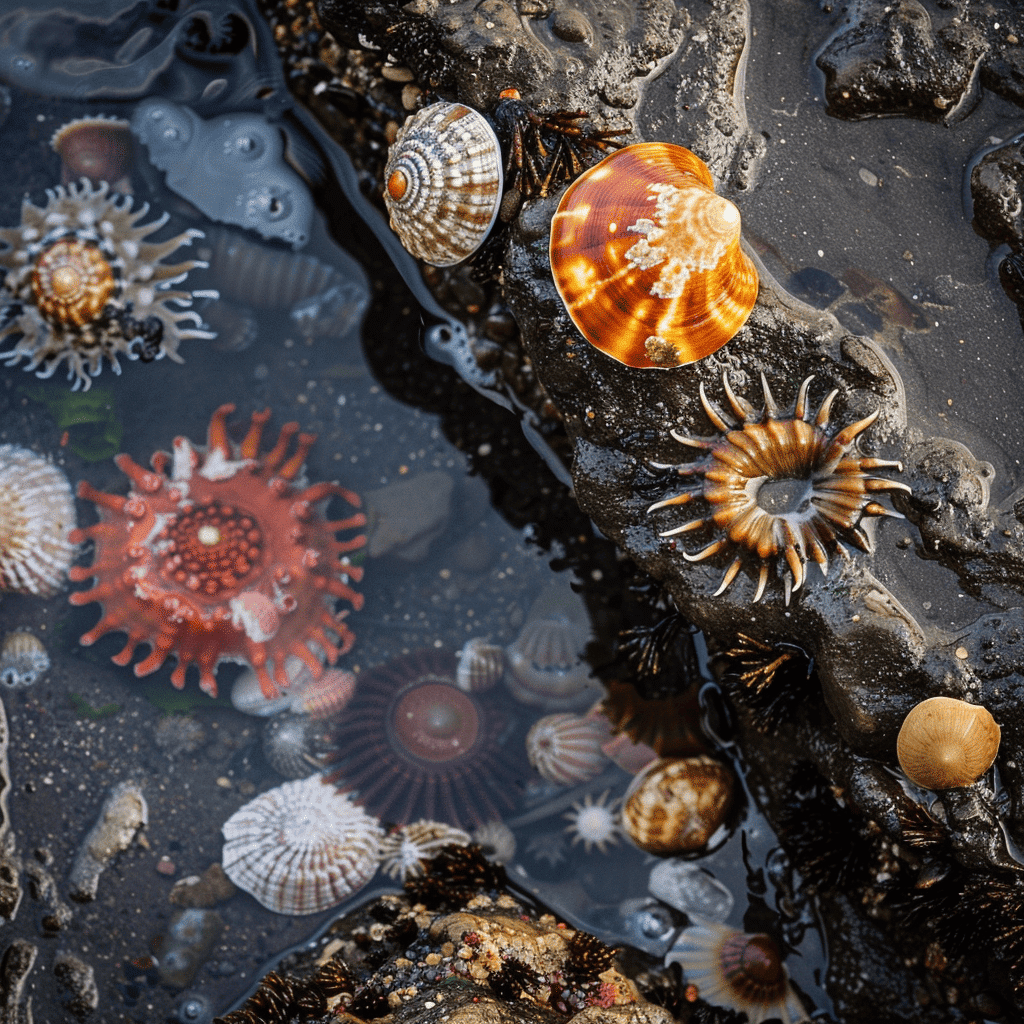
Watch the Tides
Always be aware of the tide schedule and keep an eye on the water level. The ocean can be unpredictable, and it's important to stay safe. If you notice the tide coming in, make your way back to shore promptly.
Mind Your Step
Rocks can be slippery, and it's easy to lose your footing. Take your time and move carefully to avoid slips and falls. Use your hands for balance if needed, and wear appropriate footwear to provide better traction.
Stay Warm
The Oregon Coast can be chilly, even in the summer. Dress in layers and bring a waterproof jacket to stay warm and dry. If you start to feel cold, take a break and warm up before continuing your exploration.
Tide Pooling with Kids
Make it a Game
Kids love games, so turn tide pooling into a fun adventure. Create a scavenger hunt, play “I Spy,” or challenge them to find the most colorful sea star. Keep the atmosphere light and playful to keep them engaged.
Teach Respect
Use tide pooling as an opportunity to teach kids about respecting nature. Show them how to gently handle creatures, avoid stepping on delicate organisms, and leave the tide pools as they found them. It's a valuable lesson in environmental stewardship.
Keep it Short
Young children have shorter attention spans, so keep your tide pooling sessions brief. Explore for 30-45 minutes, then take a break or move on to a different activity. This ensures they stay interested and don't get too tired.
Dive into the World of Tide Pooling
Tide pooling on the Oregon Coast is a magical experience that offers adventure, education, and a deep connection to nature. Whether you're a seasoned explorer or a first-time visitor, there's always something new to discover in the intertidal zone. So grab your gear, head to one of the top tide pooling spots, and immerse yourself in the wonders of the ocean. Happy tide pooling!
Discover More in Newport
Ready to uncover more hidden gems along the Oregon Coast? After your tide pooling adventure, explore all that Newport has to offer! From iconic landmarks to unique local experiences, Newport is a must-visit destination. Check out our guide on Newport, Oregon and plan your next unforgettable coastal adventure!


